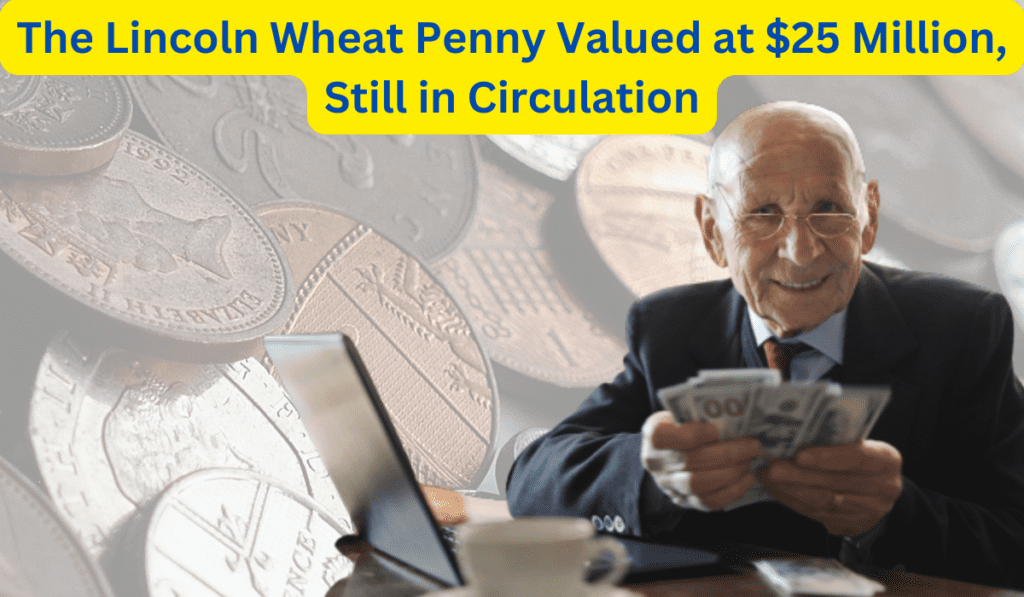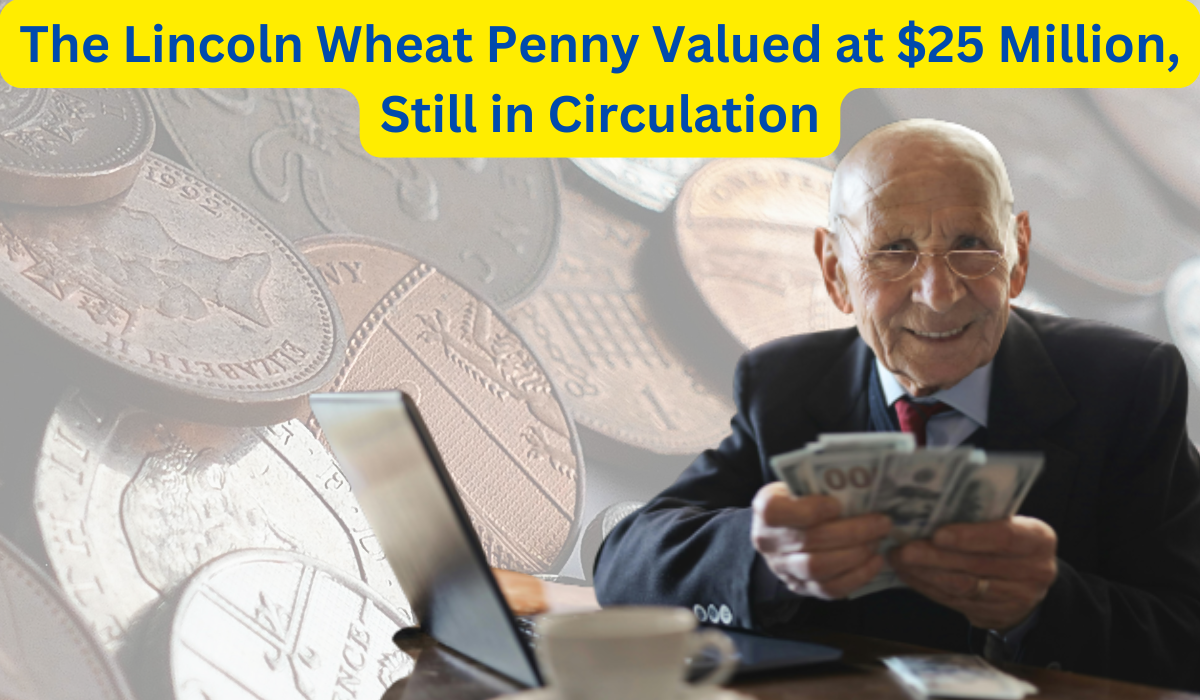What lincoln wheat pennies are worth money? You will be surprised to know! The Lincoln Wheat Penny holds a unique place in the hearts of collectors and history enthusiasts alike. While most of these coins, minted between 1909 and 1958, are valued at face value, a few rare variants are worth staggering amounts.

Among them is the 1943 copper Wheat Penny, which has been valued at an astonishing $25 million. This article dives into the history, rarity, and value of this extraordinary coin and provides tips on identifying if you might own one of these treasures.
The Legacy of the Lincoln Wheat Penny
Introduced in 1909 to honor the 100th anniversary of Abraham Lincoln’s birth, the Lincoln Wheat Penny was the first U.S. coin to feature a real person. Designed by Victor David Brenner, it features Lincoln’s profile on the obverse and two wheat stalks framing the words “ONE CENT” on the reverse.
Minted until 1958, the Wheat Penny was a staple of everyday transactions, making it a nostalgic piece of American history. Today, certain variants, like the 1943 copper penny, have become legendary among collectors for their rarity and historical significance.
Why Is the 1943 Copper Wheat Penny So Valuable?
In 1943, the U.S. Mint switched from copper to steel for penny production to conserve copper for World War II efforts. However, a few pennies were mistakenly struck on leftover copper planchets, creating one of the rarest minting errors in history.
| Material | Copper (mistakenly used instead of steel) |
| Year of Minting | 1943 |
| Rarity | Fewer than 15 known examples exist |
| Value | Estimated at $25 million due to its rarity and history |
Factors That Contribute to Its Value
- Rarity: With fewer than 15 known examples, the 1943 copper penny is one of the rarest coins ever minted.
- Historical Context: The coin reflects a unique period during World War II when material conservation was a national priority.
- Minting Error: Minting errors like the use of incorrect planchets make coins highly desirable.
- Condition: Coins in pristine condition command significantly higher prices.
Identifying a 1943 Copper Penny
If you’re hoping to discover a 1943 copper penny in your collection, here’s what to look for:
| Identification Criteria | Details |
|---|---|
| Year | The coin should be dated 1943. |
| Material | Copper (reddish-brown), not steel (silvery). |
| Magnetic Test | Copper pennies are non-magnetic, while steel pennies are magnetic. |
Investment Potential of Rare Coins
Rare coins like the 1943 copper penny have proven to be excellent investment opportunities. The world of numismatics offers both financial returns and a connection to history.
Why Collect Rare Coins?
- Rare coins often increase in value over time.
- They serve as tangible pieces of history.
- Coins offer an alternative to traditional investments.
Protecting and Selling Rare Coins
If you believe you’ve found a rare Lincoln Wheat Penny, take these steps to protect and evaluate it:
- Cleaning can damage the coin and reduce its value.
- Use a protective holder to prevent environmental damage.
- Professional grading services like PCGS or NGC can authenticate and grade your coin.
- Reputable coin dealers or auction houses can provide insights into your coin’s value.
FAQs
1. How many 1943 copper pennies exist?
Fewer than 15 examples are known, making it one of the rarest coins in U.S. history.
2. How can I tell if my 1943 penny is copper or steel?
Perform a magnetic test. Copper pennies are non-magnetic, while steel pennies will stick to a magnet.
3. Where can I sell a rare coin like the 1943 copper penny?
Rare coins can be sold at auctions, through coin dealers, or on specialized numismatic platforms.
4. What other Lincoln Wheat Pennies are valuable?
Other valuable variants include the 1909-S VDB, 1914-D, and 1922 No D pennies.
5. Are Lincoln Wheat Pennies still in circulation?
Yes, though rare, you might still find them in circulation.
The $25 million Lincoln Wheat Penny is more than just a piece of currency. While the chances of finding one are slim, the possibility keeps collectors and enthusiasts searching.

